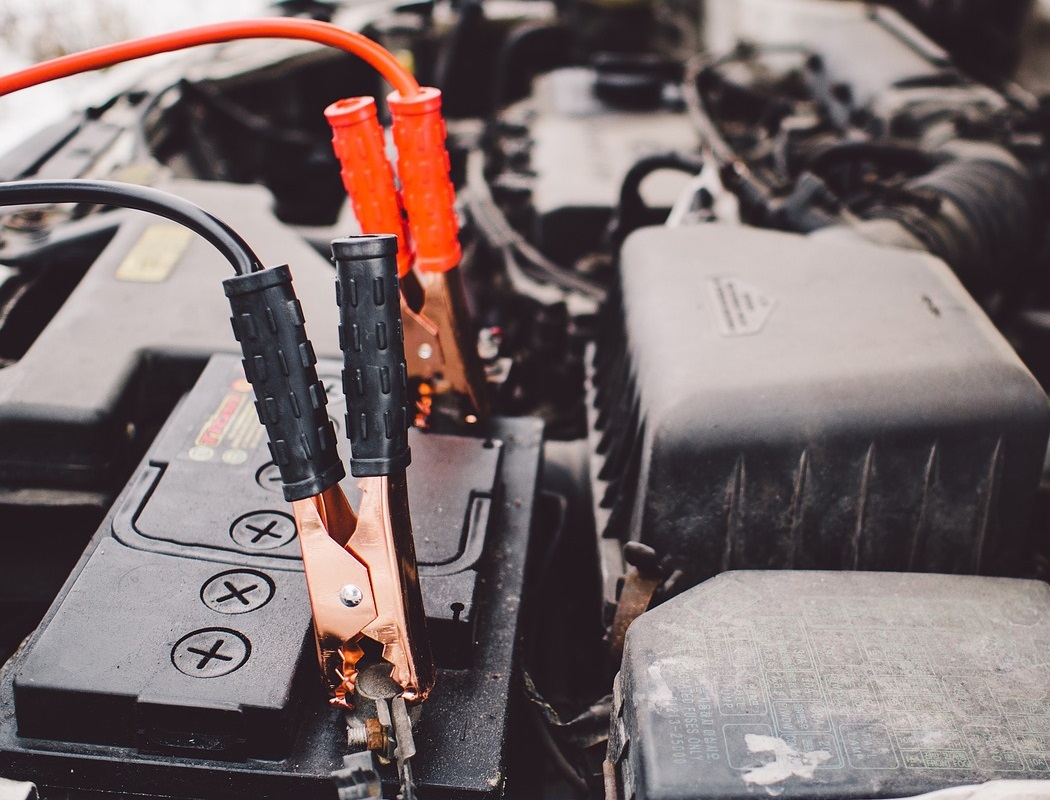Lifetime Parts: Radiator Hose
The radiator is one of the most important devices in your car because it keeps the engine at its nominal operating temperature, which is typically between 195 and 220 degrees Fahrenheit (90 and 105 degrees Celsius). The primary function of the radiator hoses is to circulate engine coolant to and from your radiator, to ensure that your engine stays cool and continues to run properly. These hoses must be kept in good operating condition and over time these radiator hoses can be weaken.
These hoses must be kept in good operating condition and over time these radiator hoses can be weaken. Like belts, hoses harden, split, or soften with age. Sometimes the aging is visible. Often, however, there are no outward signs of problems before a hose bursts or starts leaking. According to one study, internal corrosion caused by electrochemical reactions in the cooling system is the leading cause of hose failure. Hose manufacturers recommend replacing hoses every four years.
Upper radiator hoses and small diameter bypass hoses tend to be much more vulnerable to this type of internal failure than other hoses. One reason is because these hoses usually carry the hottest coolant. The smaller inside diameter of bypass hoses also seems to accelerate because the coolant is flowing through it at a higher velocity.
Additionally, heat, vibration and internal corrosion are the factors that age the rubber in hoses and eventually make them fail. In many instances, a hose that looks good as new on the outside will be rotten on the inside. This is caused by “electrochemical degradation,” and it occurs because the hose, coolant and metal parts of the cooling system form a galvanic cell or battery. The electrochemical reaction that results forms small micro cracks inside the hoses. The cracks allow coolant to penetrate the rubber and weaken the reinforcement. Heat and flexing accelerate the process, and eventually the hose fails from the inside out. The process may take years to occur, or it may happen in a relatively short time (25,000 miles or less) depending on the conditions that are present.
The whole idea behind preventative maintenance is to replace things BEFORE they fail, ideally just as the component is nearing the end of its normal service. Unfortunately, it’s difficult to tell exactly when that point is reached. The original equipment radiator and heater hoses on some vehicles may go eight or ten years without a problem. Then again, they might not. If your vehicle is more than eight years old and the hoses have never been replaced, you’re probably driving on borrowed time. Replacing the hoses would be highly recommended.
Even though Radiator Hoses are pretty rugged and durable, they can fail and after four years of service, the incidence of failure rises sharply. That’s why many mechanics recommend replacing the hoses every four or five years. It isn’t absolutely necessary, but it can greatly reduce the risk of a hose breaking or leaking. If they are not replaced when necessary, they can completely collapse, causing the engine to overheat and/or make it unable to operate. In some cases, this can cause severe and expensive engine damage.
Regardless of how frequently (or infrequently, if ever) the hoses are replaced, they should be inspected periodically to check for problems. Any hose that is leaking, age cracked, hard, brittle, mushy-feeling, bulging or otherwise damaged needs to be replaced immediately!
Fact: What’s the average lifetime replacement cost? Answer: $825.00-$1100.00Disclaimer Information: The above listed information is based on the average vehicle on the road today is 11.7 years; experiencing sever weather climate, and extreme driving conditions and driving habits. This is the opinion of Total Car Care Guaranteed For Life, Inc and you should always refer to your vehicle owner manual. Price estimation includes parts and labor cost to replace original replacement part.


